Potrebujeme váš súhlas na využitie jednotlivých dát, aby sa vám okrem iného mohli ukazovať informácie týkajúce sa vašich záujmov. Súhlas udelíte kliknutím na tlačidlo „OK“.
ASTM E21-09
Standard Test Methods for Elevated Temperature Tension Tests of Metallic Materials
Automaticky preložený názov:
Štandardné skúšobné metódy pre zvýšenej teplote skúšky ťahom kovových materiálov
NORMA vydaná dňa 1.4.2009
Informácie o norme:
Označenie normy: ASTM E21-09
Poznámka: NEPLATNÁ
Dátum vydania normy: 1.4.2009
Kód tovaru: NS-44283
Počet strán: 8
Približná hmotnosť: 24 g (0.05 libier)
Krajina: Americká technická norma
Kategória: Technické normy ASTM
Kategórie - podobné normy:
Anotácia textu normy ASTM E21-09 :
Keywords:
Area reduction, Deformation--metals/alloys, Ductility--metals/alloys, Elevated temperature tests, Elongation--metallic materials, Instrumental measurement--metals/alloys, Loading tests--metals/alloys, Metals and metallic materials, Strain testing--metallic materials, Stress--metallic materials, Tensile properties/testing--metallic materials, Yield strength and yield point, ICS Number Code 77.040.10 (Mechanical testing of metals)
Doplňujúce informácie
| Significance and Use | ||||||||||||||||||||
|
The elevated-temperature tension test gives a useful estimate of the ability of metals to withstand the application of applied tensile forces. Using established and conventional relationships it can be used to give some indication of probable behavior under other simple states of stress, such as compression, shear, etc. The ductility values give a comparative measure of the capacity of different materials to deform locally without cracking and thus to accommodate a local stress concentration or overstress; however, quantitative relationships between tensile ductility and the effect of stress concentrations at elevated temperature are not universally valid. A similar comparative relationship exists between tensile ductility and strain-controlled, low-cycle fatigue life under simple states of stress. The results of these tension tests can be considered as only a questionable comparative measure of the strength and ductility for service times of thousands of hours. Therefore, the principal usefulness of the elevated-temperature tension test is to assure that the tested material is similar to reference material when other measures such as chemical composition and microstructure also show the two materials are similar. |
||||||||||||||||||||
| 1. Scope | ||||||||||||||||||||
|
1.1 These test methods cover procedure and equipment for the determination of tensile strength, yield strength, elongation, and reduction of area of metallic materials at elevated temperatures. 1.2 Determination of modulus of elasticity and proportional limit are not included. 1.3 Tension tests under conditions of rapid heating or rapid strain rates are not included. 1.4 The values stated in inch-pound units are to be regarded as standard. The values given in parentheses are mathematical conversions to SI units that are provided for information only and are not considered standard. 1.5 This standard does not purport to address all of the safety concerns, if any, associated with its use. It is the responsibility of the user of this standard to establish appropriate safety and health practices and determine the applicability of regulatory limitations prior to use. |
||||||||||||||||||||
| 2. Referenced Documents | ||||||||||||||||||||
|
Podobné normy:
Historická
1.4.2012
Historická
1.5.2010
Historická
1.11.2010
Historická
1.5.2014
Historická
1.4.2009
Historická
1.11.2013
Odporúčame:
Aktualizácia technických noriem
Chcete mať istotu, že používate len platné technické normy?
Ponúkame Vám riešenie, ktoré Vám zaistí mesačný prehľad o aktuálnosti noriem, ktoré používate.
Chcete vedieť viac informácií ? Pozrite sa na túto stránku.


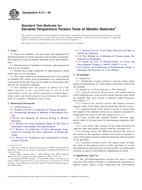
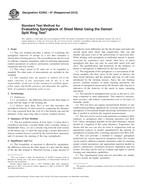 ASTM E2492-07(2012)..
ASTM E2492-07(2012)..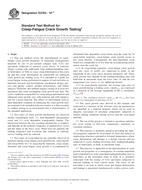 ASTM E2760-10e2
ASTM E2760-10e2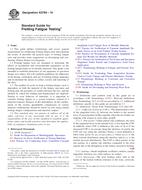 ASTM E2789-10
ASTM E2789-10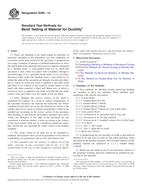 ASTM E290-14
ASTM E290-14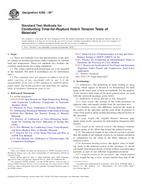 ASTM E292-09e1
ASTM E292-09e1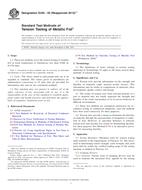 ASTM E345-93(2013)e1..
ASTM E345-93(2013)e1..
 Cookies
Cookies
